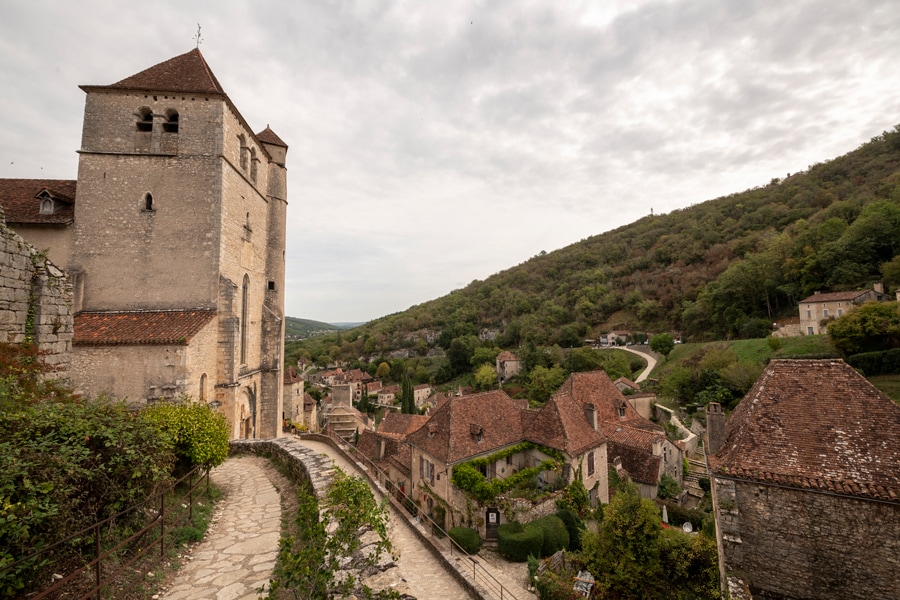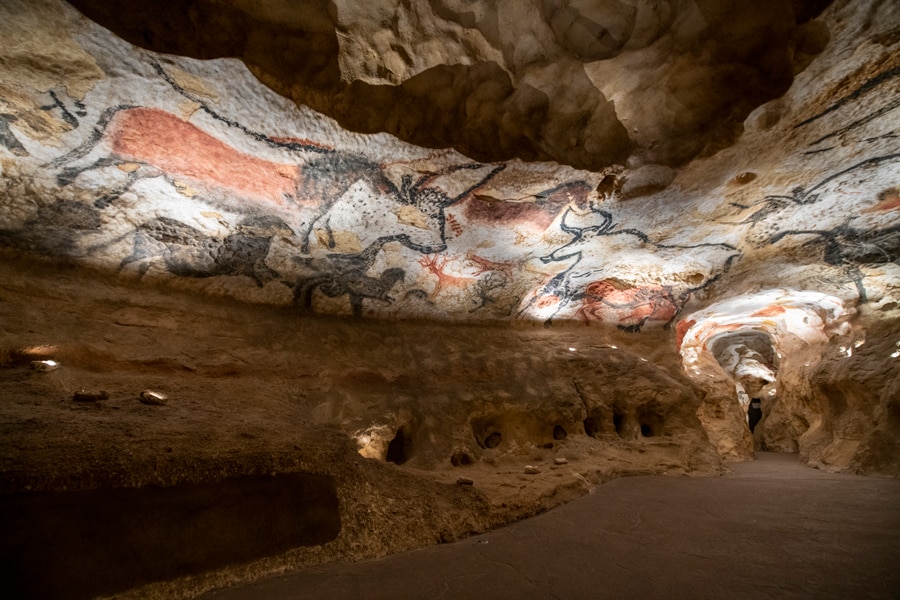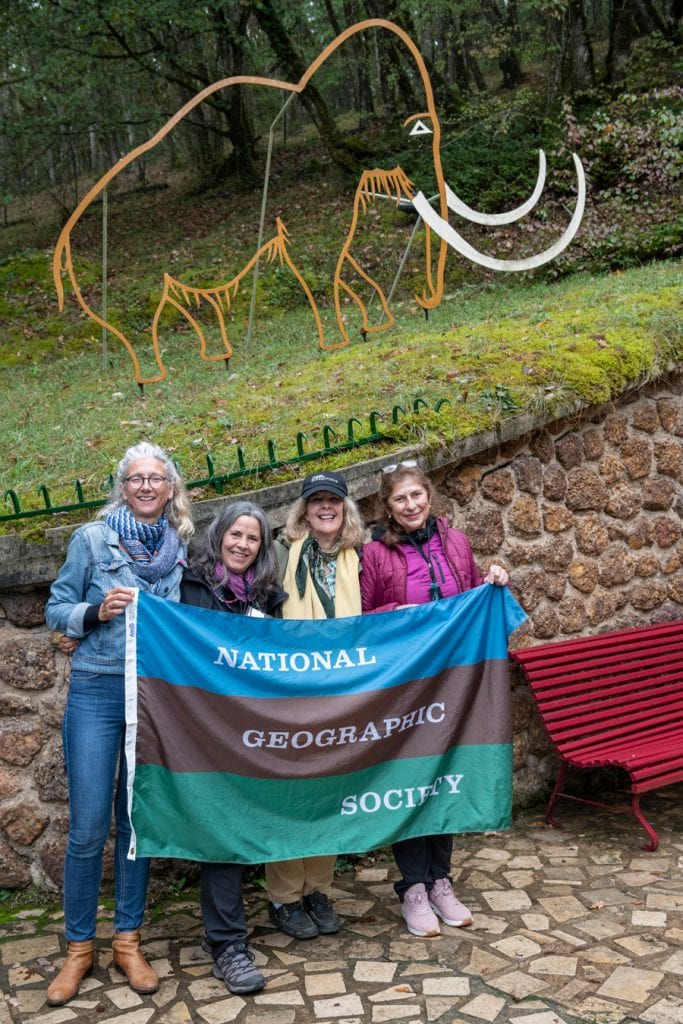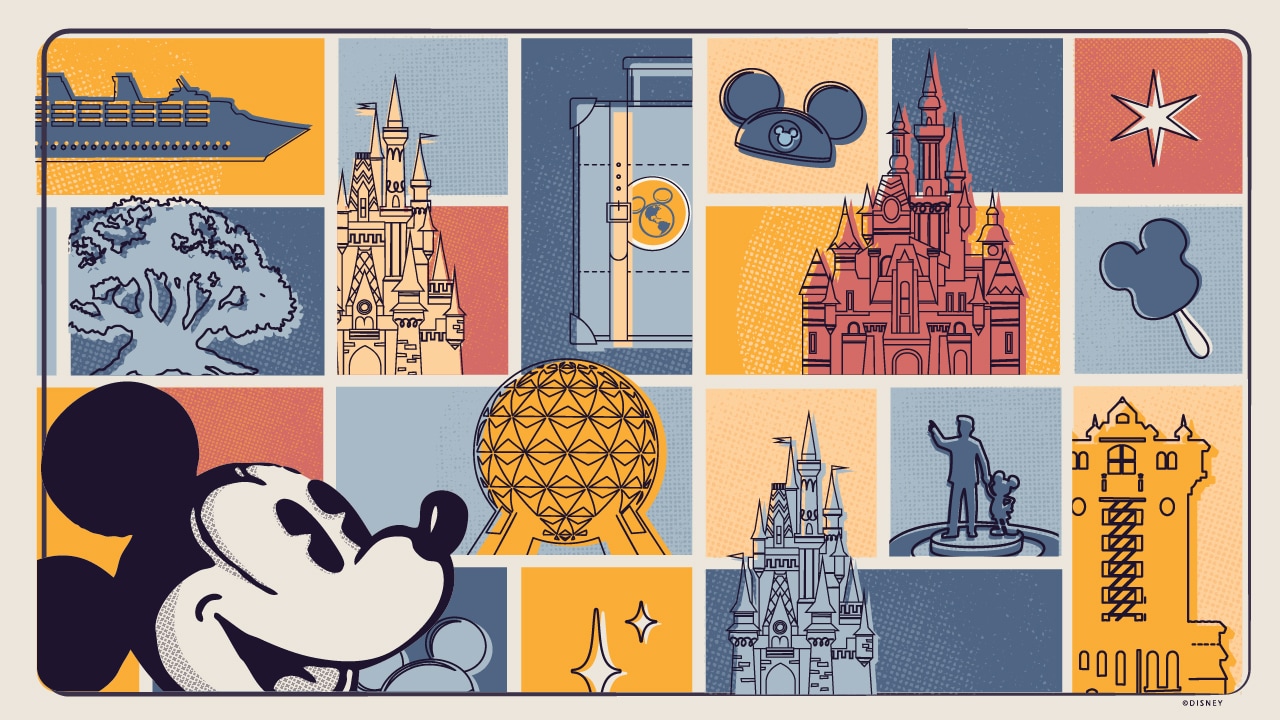Ever wondered what it’s like to travel with National Geographic? Well, in today’s post, we’re giving you an insider’s take on our National Geographic Expeditions Human History: Northern Spain and Southwest France trip.

1. You’re going to learn- a lot.
It’s like opening an issue of National Geographic Magazine or watching one of the shows, but you’re there in-person! Whether facing 40,000-year-old cave paintings alongside the people actively preserving it, or hearing from archeologists as they present findings discovered at an active excavation, you learn from the experts in their element. Even the bus rides or walks to and from destinations are guided by locals who eagerly share their knowledge about the places visited.

2. You’d never plan a trip like this, and that’s a good thing!
Traveling with National Geographic Expeditions means you’re not going to have the typical tourist experience … you travel deeper, going off-the-beaten path and experiencing life through the eyes of the experts. Even for the most experienced of travelers, this trip includes a lot of “firsts.” Spear throwing, discovering places you’ve never heard of, learning about prehistoric cave bears and riding through a cave on a train – just to name a few. Not to mention, it’s hard not to fall in love with the quaint medieval villages tucked away from the hustle and bustle of nearby European cities. There was a picture-perfect view around almost every corner!

3. You might just discover a new favorite artist.
On this trip, some travelers are surprised to learn how early cave art had expression, form and techniques that many assume came much later in art history. You learn how early cave artists sometimes used the natural rock formations to serve as the shape of the painted animals. In Lascaux IV (a state-of-the-art recreation of the Lascaux caves in France), you observe how techniques like anamorphosis come into play. But there are also some hidden gems, like the animals depicted in Las Monedas Cave in Puente Viesgo. While this cave doesn’t have the same volume of prehistoric art as others on the tour, it is no less mystifying. Close to the entrance, you’ll travel to a small room where there is a collection of drawings. Some of the animals even have smiles, yes expressions. For lack of a better word, it’s magical. The resounding theme throughout the tour is how the appreciation for and practice of art has transcended time, even thousands and thousands of years.
4. You’ll love the diversity of places you stay.
The hotels are just as intriguing as the activities, as they offer a blend of rich history and modern amenities. Your stays throughout Northern Spain and Southwest France range from luxury hotels to charming countryside hostelries. The whole trip is like traveling through a time capsule – and you’ll experience these two countries in a way like never before.

5. You’ll really step back in time- like way back.
You don’t just step foot in caves filled with history dating back thousands and thousands of years; you also participate in experimental archeology when you visit Castel-Merle and meet archaeologist Isabelle Castanet. This complex of prehistoric stone shelters more than 300 feet long — excavated and preserved by several generations of the Isabelle’s family — serves as a place for your group to learn and explore. Everything from eating a meal cooked with “prehistoric ingredients” (salmon cooked under the ground, which is delicious by the way!), trying your hand at prehistoric hunting techniques (you might be surprised who in the group will have the best throwing arm!) and seeing a demonstration of flint knapping, will give you a taste of what life must’ve been like for those who lived many years ago.
6. Your culinary curiosity will be fulfilled.
We always say that your curiosity will be fulfilled on our trips, and that includes your foodie interests! There’s nothing like tasting truffles in the south of France. And, on bus rides to and from each destination, your knowledgeable guides will share insights about these delicacies, along with fun facts about other regional cuisine. Upon your arrival in San Sebastian, Spain, arguably an epicurean epicenter, your Expedition Leader might teach you the proper way to order “pinchos” or “pintxos” as well as some of the best ones to try.

7. The passion is unrivaled.
You’re traveling alongside fascinating National Geographic Experts who are knowledgeable and proud of their work. Your Expedition Leader is always one step ahead, anticipating needs and providing fun facts and information about the places visited. And, of course, you meet such a great mix of local guides who lead you along each step of the journey. But you’ll find that you will be equally impressed by your fellow travelers, as you quickly bond over your shared love of exploration and affinity for National Geographic storytelling. Only with National Geographic could you find this level of subject-matter expertise on one trip and have it celebrated amongst the travelers.
So, what do these experiences have in common? They all go back to the heart of a National Geographic Expedition: inspiring and encouraging travelers to better understand and protect the world around them.
Want to learn more about this expedition or all the different ways you can see explore the world with National Geographic Expeditions? Check out our more than 150 itineraries here. From expedition cruising in the Galapagos to river cruising along the Danube, there’s a trip that’s bound to fulfill your curiosity.
Until next time, explorers!

